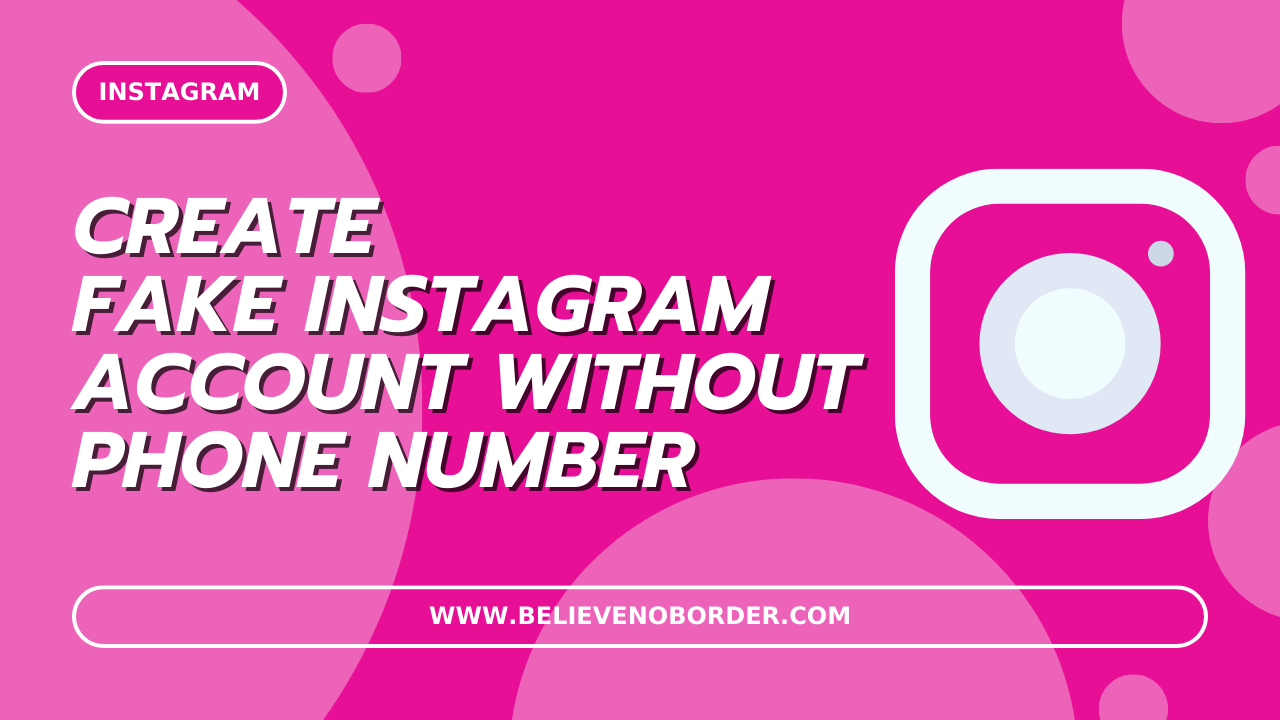Starting a new business can be one of the most rewarding endeavors, but it also comes with its unique challenges, especially in a rapidly evolving landscape like how to create a successful startup in 2024. As technology advances and consumer behavior shifts, aspiring entrepreneurs must adapt and innovate to create successful startups. This guide outlines proven strategies that can help you navigate the startup world and set your business on a path to success.
Understanding the Startup Landscape in 2024
Key Trends Shaping Startups Today
In 2024, several trends are shaping the startup ecosystem. Firstly, sustainability is more than a buzzword; it has become a fundamental principle for businesses. Startups that prioritize eco-friendly practices often resonate better with today’s socially-conscious consumers.
Additionally, the rise of remote work has prompted many startups to embrace hybrid work environments. This shift allows businesses to tap into a broader talent pool, enhancing creativity and innovation and learn how to create a successful startup.
The Importance of Adaptability in a Dynamic Market
Adaptability is crucial in a world where consumer preferences can change overnight. Startups that are agile in their operations and decision-making processes are more likely to thrive. Implementing feedback loops, where customer insights inform product development, can be a game-changer.
Laying the Groundwork for Your Startup
Finding a Purpose-Driven Idea: What Matters Most?
Every successful startup begins with a compelling idea. However, it’s not just about having a good concept; it’s about identifying a purpose that resonates with your target audience. Ask yourself:
- What problem am I solving?
- Who will benefit from my solution?
- How can I make a positive impact?
By answering these questions, you’ll how to create a successful startup, a solid foundation for your startup that can inspire both your team and potential customers.
Validating Your Idea: Customer Feedback as a Foundation
Once you have your idea, validating it is crucial. Conduct surveys or interviews with potential customers to gather insights about their needs and pain points. Use platforms like Google Forms or SurveyMonkey to collect data efficiently.
Incorporate this feedback to refine your idea. A product that meets real customer needs has a higher chance of success. Remember, validation is not a one-time task; it should be an ongoing process as your business evolves.
Crafting a Solid Business Plan: The Blueprint for Success
A well-structured business plan is essential for any startup. It serves as a roadmap, guiding your actions and decisions. Here are the key components to include:
- Executive Summary: A concise overview of your business concept.
- Market Analysis: An exploration of your industry, target market, and competition.
- Marketing Strategy: A detailed plan for how you’ll attract and retain customers.
- Operational Plan: An outline of your business operations, including logistics and supply chain.
- Financial Projections: Forecasts for revenue, expenses, and profitability over the next few years.
Building a Winning Team
Identifying Essential Roles and Responsibilities
A startup’s success hinges on its team. Identify key roles early, such as:
- Product Developer: Responsible for designing and improving your product.
- Marketing Specialist: Focuses on creating brand awareness and attracting customers.
- Sales Manager: Handles sales strategies and customer relationships.
Define each role clearly to ensure everyone understands their responsibilities and how they contribute to the startup’s success.
Fostering a Collaborative and Innovative Culture
A collaborative culture encourages creativity and innovation. Foster an environment where team members feel safe sharing ideas and feedback. Regular brainstorming sessions and team-building activities can enhance communication and collaboration.
Additionally, consider implementing tools like Slack or Trello to facilitate project management and keep everyone aligned on goals.
Strategies for Team Motivation and Retention
Startups often operate on tight budgets, making it essential to keep your team motivated. Here are some strategies to retain top talent:
- Recognition and Rewards: Celebrate achievements, big and small, to keep morale high.
- Professional Development: Offer opportunities for learning and growth, such as workshops or online courses.
- Flexible Work Environment: Provide options for remote work or flexible hours to accommodate different lifestyles.
Investing in your team not only boosts productivity but also reduces turnover, saving you time and resources in the long run.
Developing Your Product or Service
Building a Minimum Viable Product (MVP)
A Minimum Viable Product (MVP) is a crucial step in your startup journey. It allows you to launch quickly and gather valuable feedback without investing too much time or resources. Focus on the core functionalities that solve the primary problem for your customers.
Once your MVP is launched, gather feedback, analyze user behavior, and be prepared to iterate based on this data. This approach ensures that your product evolves in line with customer needs.
Iterating Based on Customer Feedback: Achieving Product-Market Fit
Achieving product-market fit is essential for startup success. Use customer feedback to make informed improvements. Here’s how to iterate effectively:
- Collect Data: Use analytics tools to monitor user engagement and satisfaction.
- Implement Changes: Make adjustments based on feedback, whether that means tweaking features or adjusting pricing.
- Test and Validate: Continue testing your product with real users to ensure it meets their expectations.
This iterative process not only helps refine your product but also fosters a customer-centric culture.
Ensuring Quality and Scalability in Development
As your startup grows, ensuring product quality becomes paramount. Implement quality assurance processes to catch any issues before they reach your customers. Additionally, consider scalability—your product should be able to handle increased demand without sacrificing quality.
Utilizing cloud-based solutions can help your startup scale efficiently. Platforms like AWS or Google Cloud provide the infrastructure needed to support your growth.
Customer Acquisition and Retention Strategies
Effective Marketing Strategies for Startups
Marketing is the lifeblood of your startup. Utilize a mix of strategies to reach your target audience effectively:
- Content Marketing: Create valuable content that addresses your audience’s pain points. This can include blogs, videos, or podcasts.
- Social Media Marketing: Engage with your audience on platforms where they spend their time. Share insights, updates, and behind-the-scenes looks at your startup.
- Email Marketing: Build a mailing list and communicate regularly with your audience. Share updates, promotions, and valuable content to nurture leads.
Utilizing Digital Marketing and Social Media
Digital marketing is a powerful tool for startups. Leverage SEO techniques to improve your website’s visibility on search engines. Use Google Analytics to track user behavior and adjust your strategies accordingly.
Social media platforms offer a cost-effective way to connect with potential customers. Create shareable content and encourage your audience to engage with your brand. Consider collaborations with influencers to expand your reach, and you can learn how to create a successful startup through social media platforms.
Related Post: How to Use Social Media for Business Growth in 2024
Building Long-Term Relationships with Customers
Acquisition is important, but retention is key. Focus on building long-term relationships with your customers by:
- Providing Excellent Customer Service: Respond promptly to inquiries and resolve issues efficiently.
- Creating Loyalty Programs: Reward repeat customers with discounts or exclusive offers.
- Soliciting Feedback: Regularly ask for customer input to understand their needs better and improve your offerings.
A loyal customer base can significantly impact your startup’s growth and sustainability.
Securing Funding and Resources
Understanding Different Types of Funding Options
Securing funding is often one of the biggest challenges for startups. Familiarize yourself with the different funding options available:
- Bootstrapping: Using personal savings to finance your startup.
- Angel Investors: Wealthy individuals who provide capital in exchange for equity.
- Venture Capital: Firms that invest in startups with high growth potential in exchange for equity.
- Crowdfunding: Raising small amounts of money from a large number of people via platforms like Kickstarter or Indiegogo.
Choose the funding strategy that aligns with your business goals and growth trajectory.
Crafting a Compelling Pitch for Investors
When seeking funding, a compelling pitch is crucial. Your pitch should include:
- A Clear Value Proposition: Explain how your product or service solves a problem.
- Market Potential: Provide data that illustrates the demand for your offering.
- Financial Projections: Share realistic forecasts for revenue and profitability.
- Your Team’s Strengths: Highlight the skills and experience of your team members.
Practice your pitch to ensure clarity and confidence. Remember, investors are not just investing in your idea; they are investing in you.
Building Relationships with Potential Investors
Networking is vital in the startup world. Attend industry events, join startup incubators, and leverage platforms like LinkedIn to connect with potential investors. Building relationships can open doors to funding opportunities and valuable partnerships.
Leveraging Technology for Growth
Tools and Platforms to Streamline Operations
In 2024, technology can significantly enhance your startup’s efficiency. Utilize tools and platforms that streamline your operations:
- Project Management Tools: Platforms like Asana or Trello help manage tasks and deadlines.
- Communication Tools: Use Slack or Microsoft Teams to facilitate team communication.
- Financial Management Software: QuickBooks or FreshBooks can simplify accounting and budgeting.
Choosing the right technology can save time and resources, allowing you to focus on growth.
Innovations Driving Startup Success
Stay informed about the latest innovations in your industry. Technologies like artificial intelligence, machine learning, and blockchain can provide competitive advantages. Explore how these technologies can enhance your product or service.
The Role of Data Analytics in Decision Making
Data-driven decision-making is essential for modern startups. Utilize analytics tools to track key performance indicators (KPIs) and gain insights into customer behavior. Use this data to inform your strategies and optimize your operations.
Conclusion: Your Path to Startup Success
How to create a successful startup in 2024 requires a combination of strategic planning, adaptability, and innovation. By understanding the current landscape, building a strong team, developing a valuable product, and effectively marketing your business, you can increase your chances of success.
Remember, every startup journey is unique. Stay resilient, keep learning, and don’t hesitate to pivot when necessary. Your success story is just beginning.
FAQs About Starting a Successful Startup in 2024
Q1. What are the first steps to starting a startup?
how to create a successful startup, to begin by identifying a purpose-driven business idea. Conduct market research to validate your concept and understand your target audience. Next, create a solid business plan outlining your objectives, strategies, and financial projections. Finally, build a team with essential roles and responsibilities.
Q2. How do I validate my startup idea?
Validating your startup idea involves gathering feedback from potential customers. You can conduct surveys, interviews, or focus groups to understand their needs and pain points. Use this information to refine your idea and ensure it meets market demand.
Q3. What is a Minimum Viable Product (MVP)?
A Minimum Viable Product (MVP) is the most basic version of your product that includes only the essential features needed to solve a problem for your customers. Launching an MVP allows you to test your idea in the market, gather feedback, and make improvements before a full-scale launch.
Q4. What funding options are available for startups?
Startups can explore several funding options, including bootstrapping (using personal savings), angel investors, venture capital, crowdfunding, and government grants. Each option has its pros and cons, so consider which aligns best with your business goals and stage of development.
Q5. How can I build a strong team for my startup?
Building a strong team involves identifying essential roles and recruiting individuals who share your vision and values. Foster a collaborative culture by encouraging open communication and providing opportunities for professional development. Recognize and reward your team’s contributions to keep morale high.
Q6. What marketing strategies should I use to promote my startup?
Effective marketing strategies for startups include content marketing (creating valuable content), social media marketing (engaging with your audience on social platforms), and email marketing (building relationships through newsletters). Tailor your approach based on your target audience and industry trends.
Q7. How important is customer feedback in the startup process?
Customer feedback is crucial for startup success. It helps you understand your customers’ needs, preferences, and pain points. Use feedback to iterate and improve your product, ensuring that it aligns with market demand and increases customer satisfaction.
Q8. What challenges do startups commonly face?
Common challenges for startups include market competition, cash flow management, scalability issues, and maintaining a customer base. Entrepreneurs must be prepared to navigate these challenges with resilience and adaptability.
Q9. What role does technology play in startup growth?
Technology plays a vital role in streamlining operations, enhancing efficiency, and improving customer experience. Utilizing tools for project management, communication, and data analytics can help startups scale and make informed decisions.
Q10. How can I ensure long-term success for my startup?
To ensure long-term success, focus on building a strong brand, maintaining a loyal customer base, and continuously innovating. Stay informed about industry trends and be willing to adapt your strategies as needed. Cultivating a growth mindset within your team can also foster resilience and creativity.
Q11. What is the importance of a business plan?
A business plan serves as a roadmap for your startup, outlining your goals, strategies, market analysis, and financial projections. It is essential for securing funding and aligning your team with your vision. A well-structured business plan can also help you navigate challenges as your startup grows.
Q12. How can I stay motivated as a startup founder?
Staying motivated can be challenging, especially during tough times. Surround yourself with a supportive network of mentors, peers, and advisors. Celebrate small wins, set realistic goals, and maintain a work-life balance to avoid burnout. Remember, how to create a successful startup in 2024.







